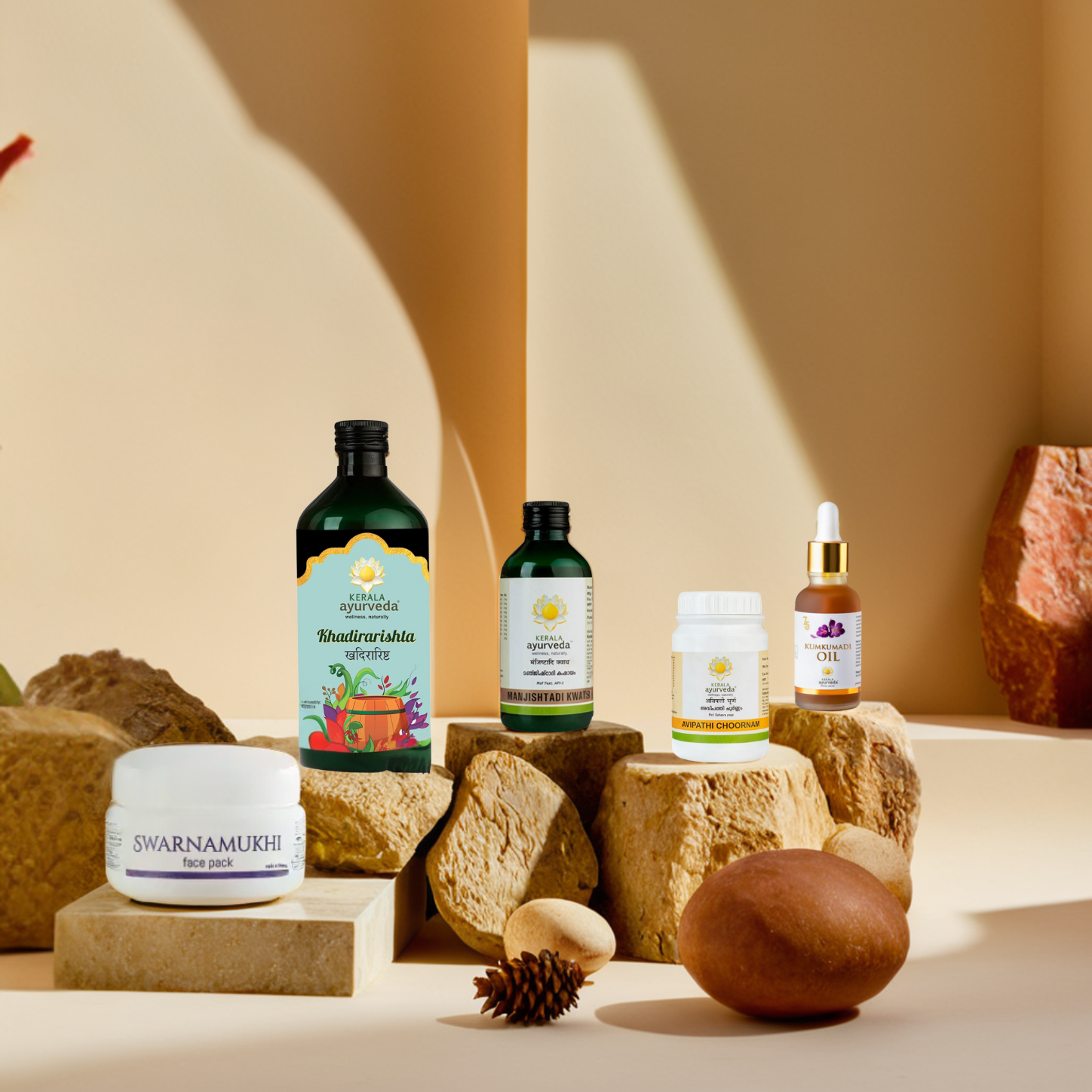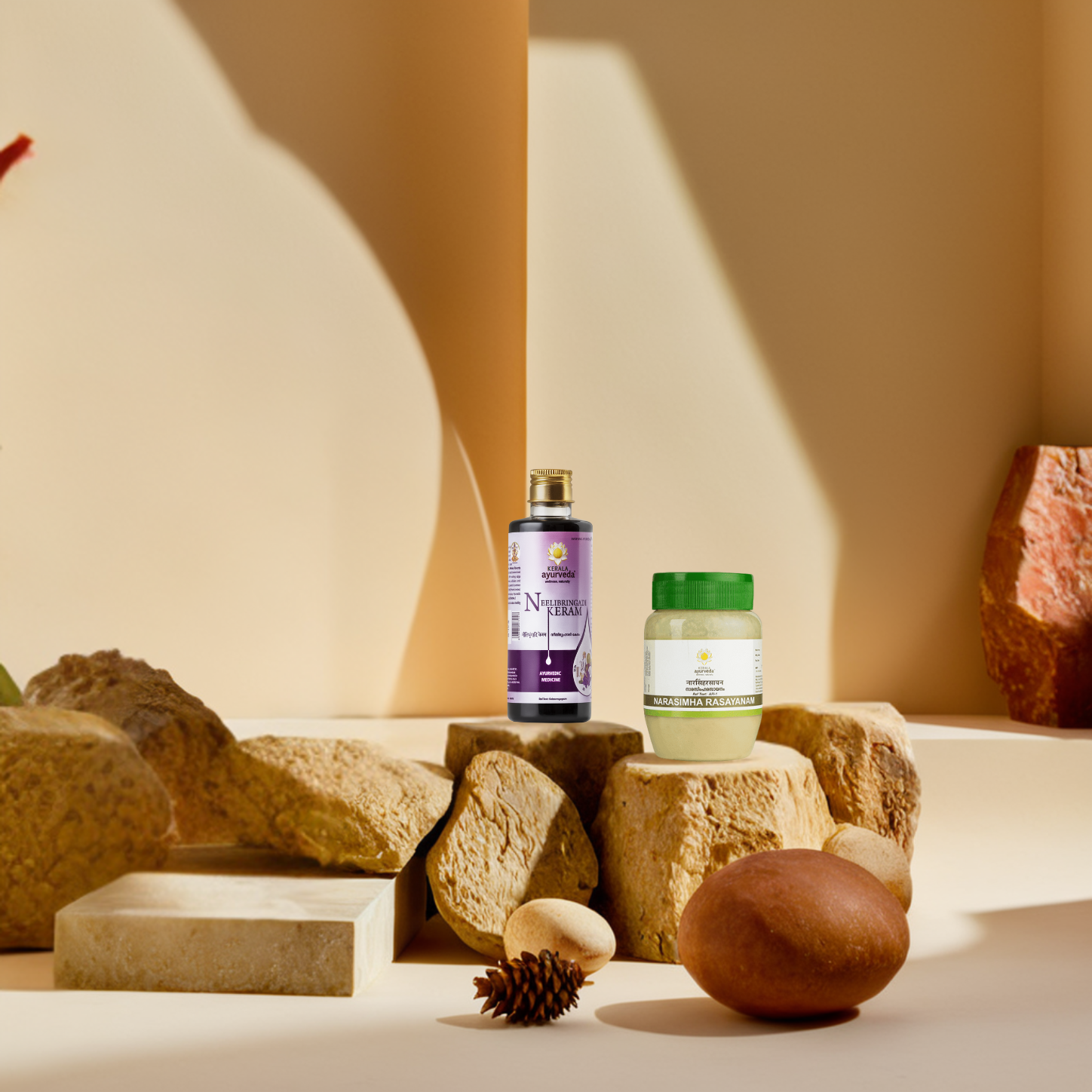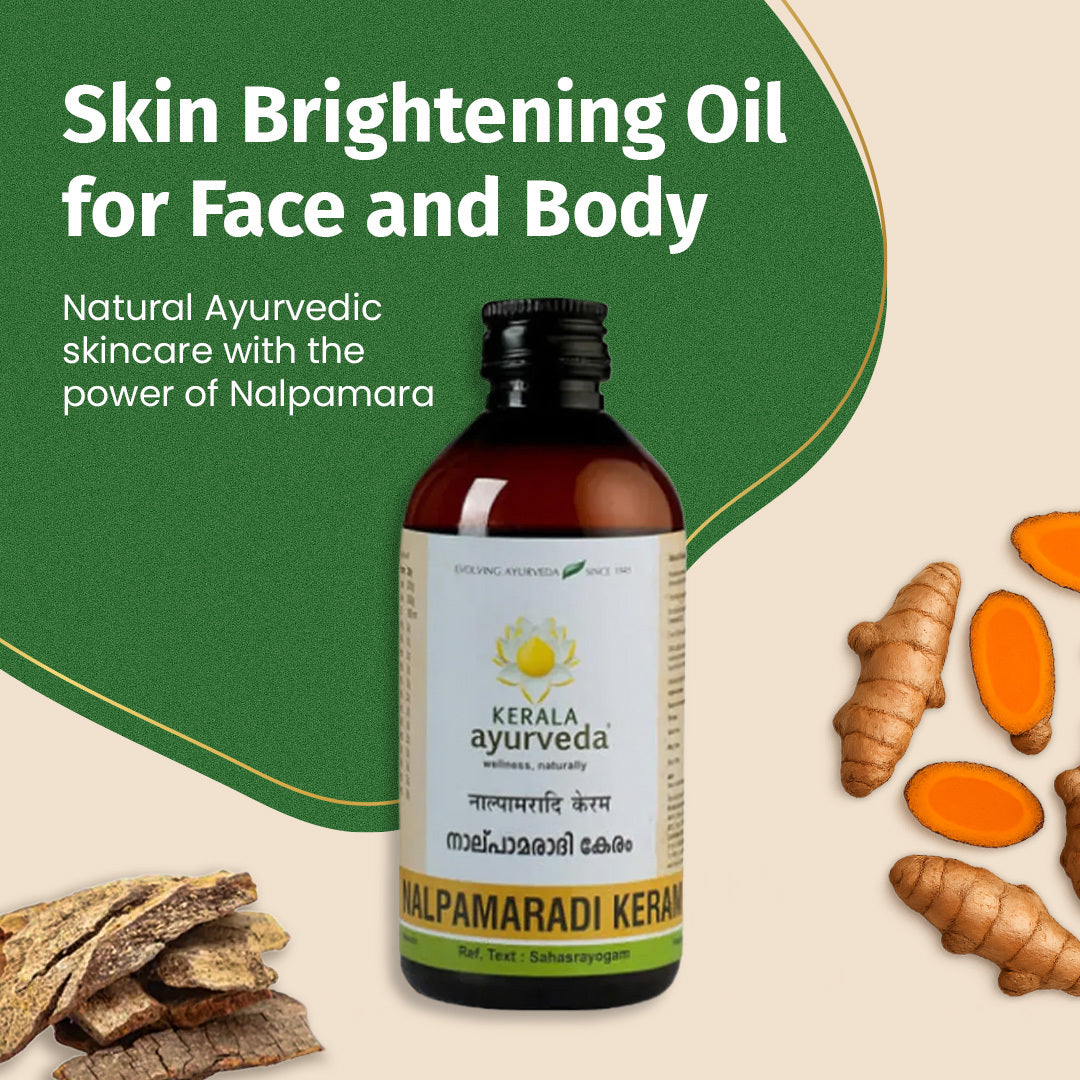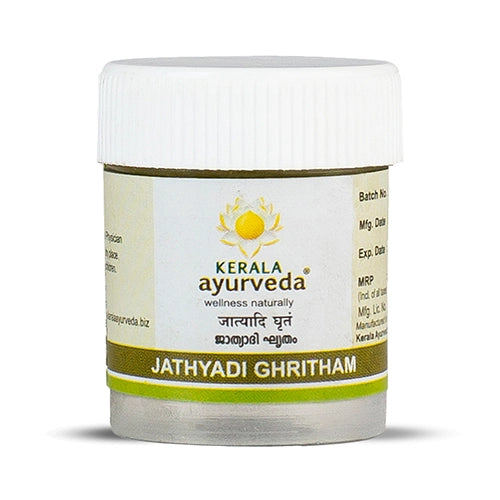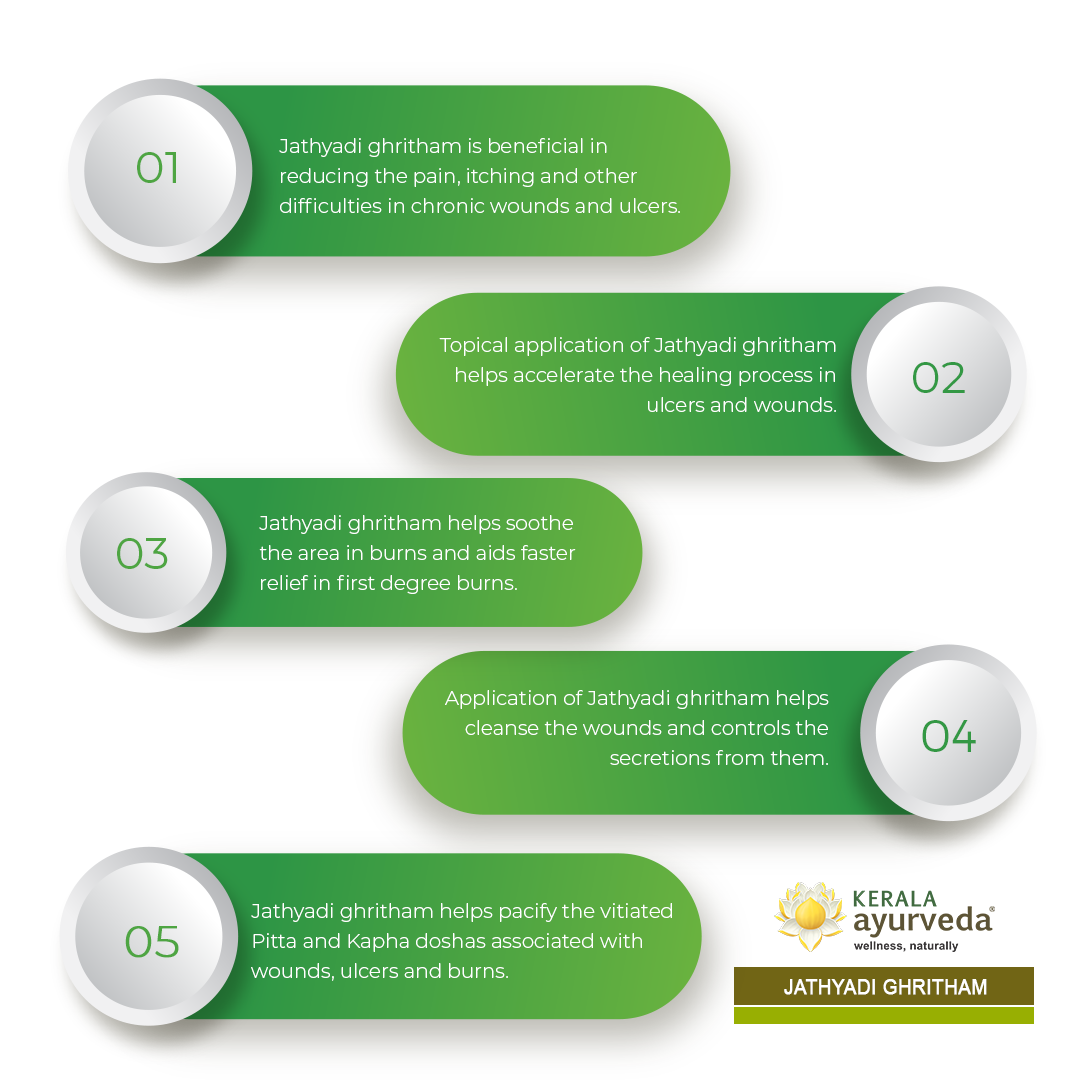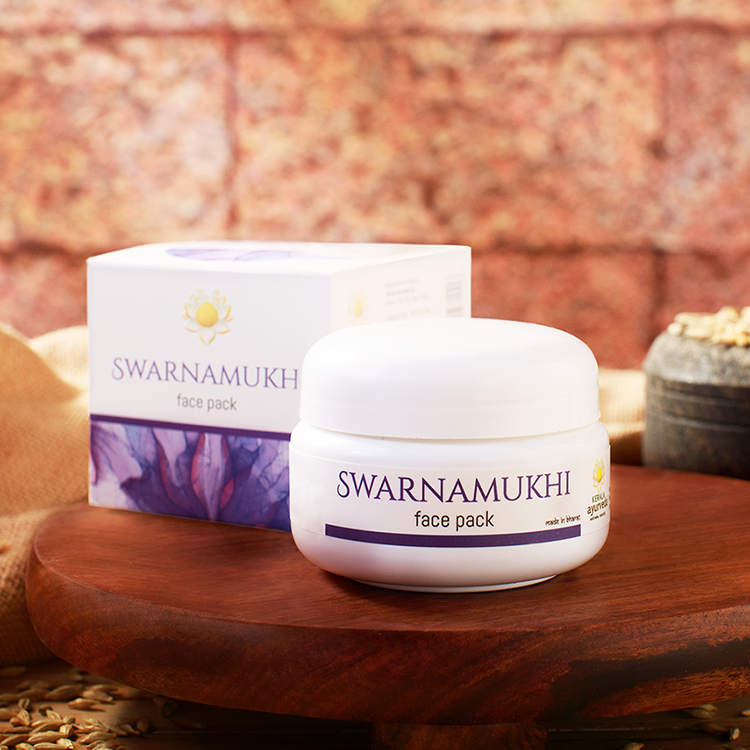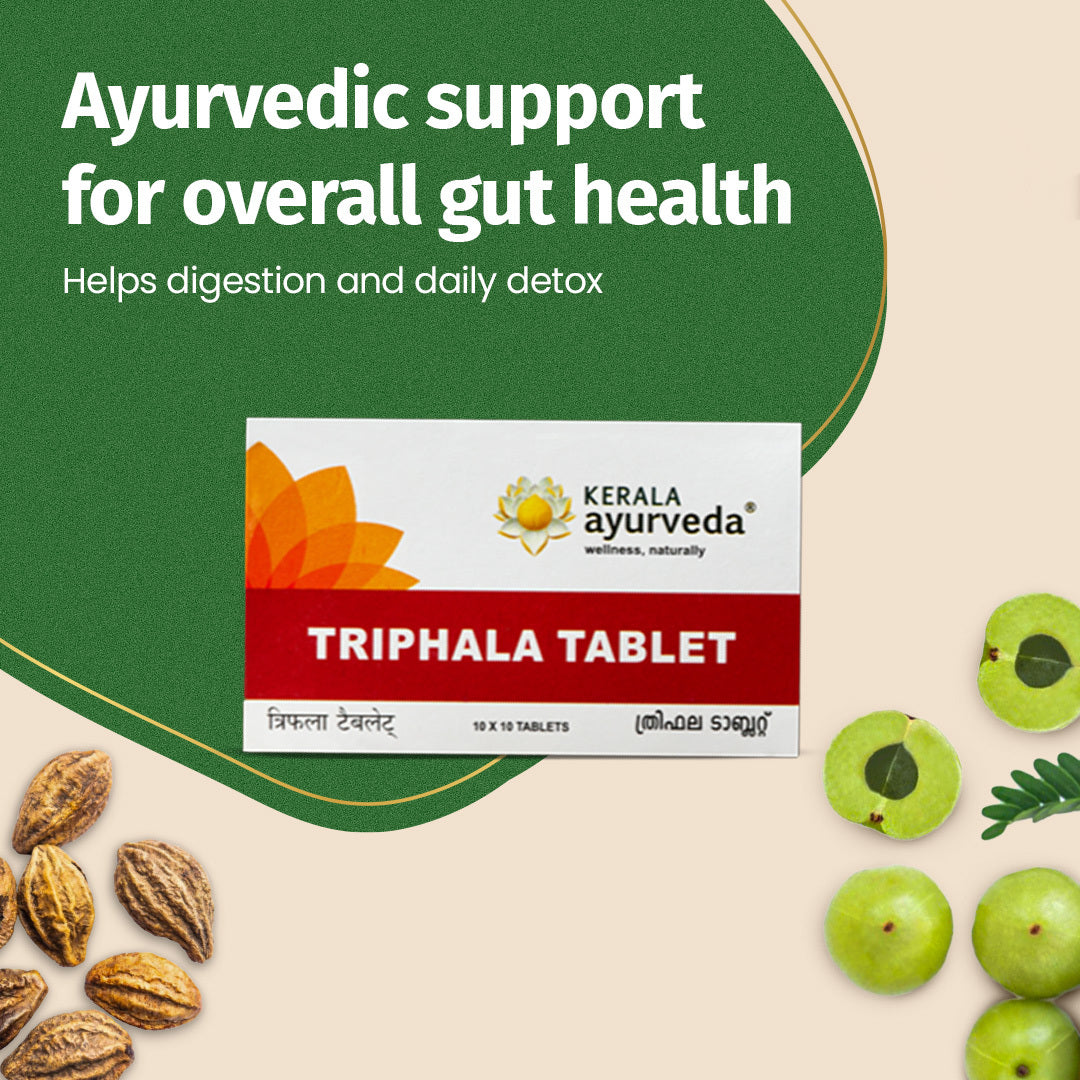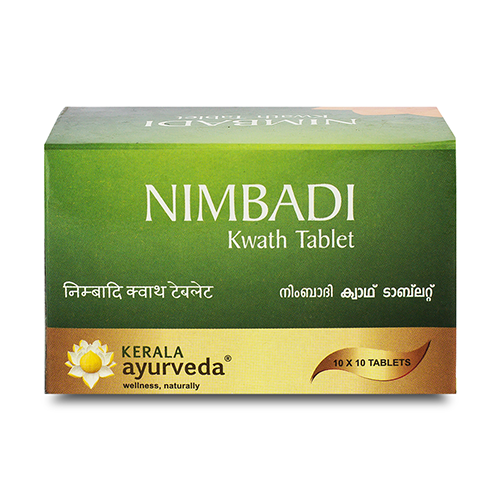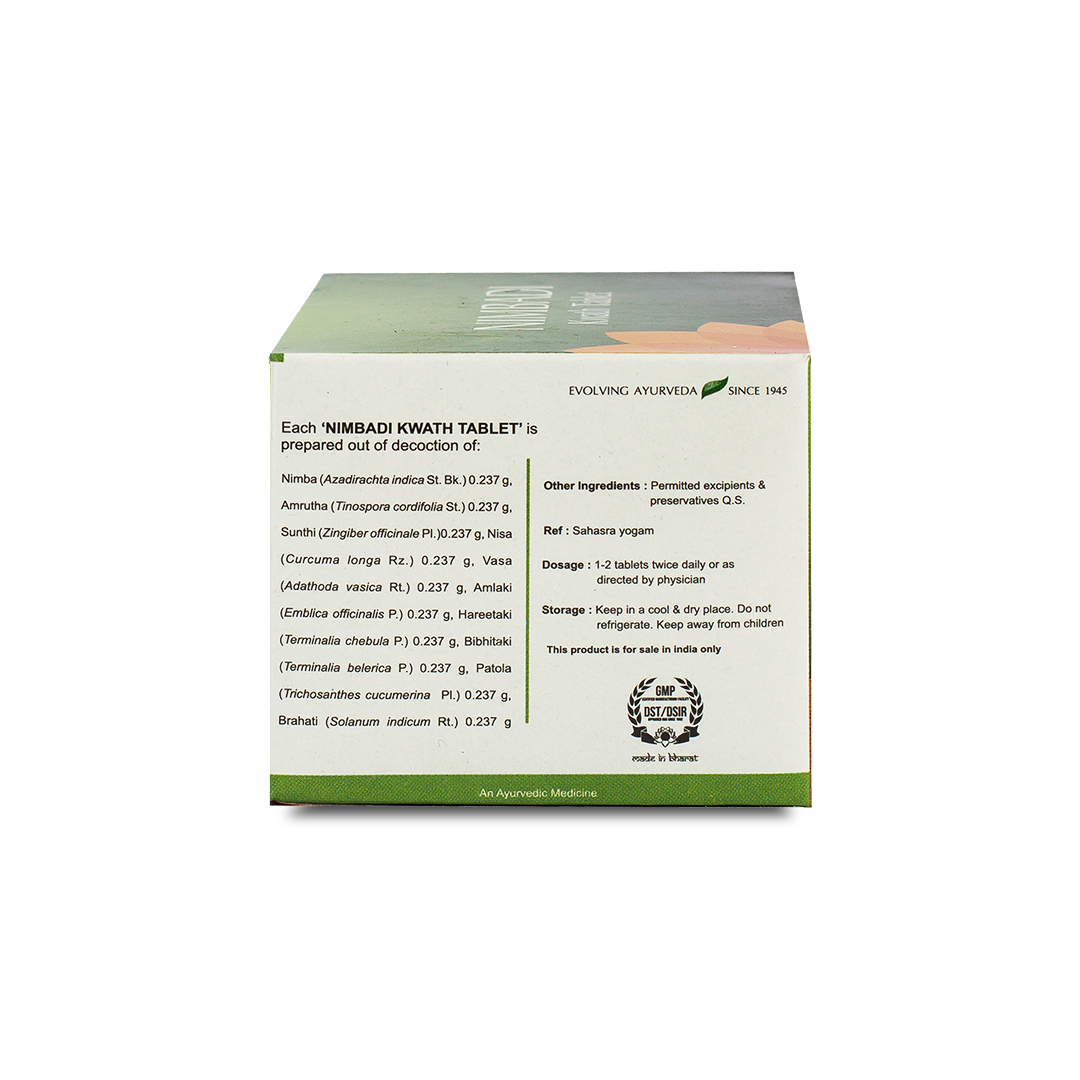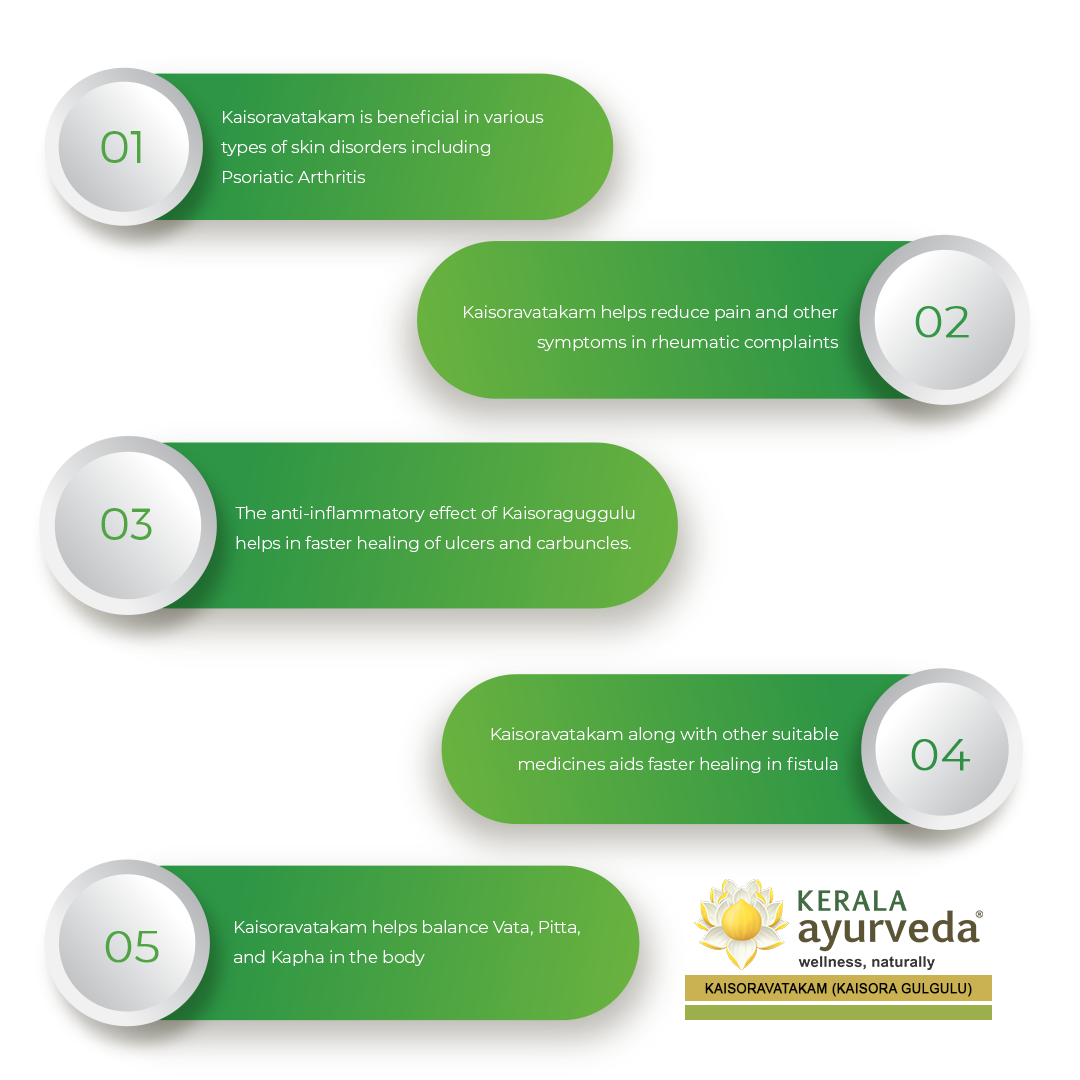Highlights
Rains are here, so is the itch. Right?
The greasy face by noon. Clothes clinging like plastic wrap. And those accidentally drenched inner garments? An instant invitation for a fungal party! Suddenly, we have an underarm itch, rashy thighs, clogged pores, and weird spotting patches that weren’t there yesterday.
Sound familiar?
The fog, the rain, and humidity might feel romantic in movies, but in real life, they're just another struggle story if swept under the rug. So, let’s break down why skin infections creep up during monsoon and how you can protect your skin naturally.
How Humidity Messes With Your Skin
Where do you think the sweat goes in humid climates? The air fills with moisture during Varsha Ritu (the rainy season). Hence, our sweat doesn't evaporate as it usually does. Instead, it clutches to the skin surface, mixing with natural oils and dust.
The result is a greasy, sticky feeling that won’t wash off easily!
According to modern research, the skin’s protective barrier, especially its lipid layer, varies across seasons. These lipid levels on the skin are what keep it firm and hydrated. And in colder and drier months, these lipid levels drop significantly, increasing dryness. In contrast, wet conditions of the monsoon can do the opposite. Lipid levels spike up, which is why the skin feels heavy, clogged, and more prone to breakouts.
Through the Ayurvedic lens, this is explained as Kapha dosha aggravation (bringing excess oil and dampness). This leads to a build-up of Kleda (moisture) and Ama (internal toxins), both of which show up on the skin as dullness, itching, or eruptions, especially in places where sweat tends to collect. Agni (the kindled bio-fire) also plays a pivotal role. Agni is naturally weak in the monsoon due to the drop in temperature. Impaired Agni leads to a metabolic slowdown and lowered immunity, which further allows toxins to accumulate. These internal toxins clog the body’s microchannels (srotas), a condition known as srotorodha, which hampers the skin’s natural detoxification process. Hence, persistent skin issues during the monsoon are a reflection of these internal imbalances.
So, what’s the aftermath of these humidity alterations on the skin?
Common Skin Conditions During Humid climates.
Getting caught in a drizzle. Walking through puddles. Hours spent in damp clothes or shoes!
During Varsha Ritu, especially, this constant moisture creates the perfect setup for fungal and bacterial infections to take hold.
Common fungal infections (which pop up in warm, sweaty folds) include :
- Tinea (ringworm) (A fungal infection that shows up as red, itchy, ring-shaped rashes)
- Candidiasis (A yeast overload that turns sweaty skin folds into itchy, red patches)
- Athlete’s foot (A stubborn itch between your toes), etc.
Meanwhile, bacterial infections (common in areas where skin stays wet and rubs together) include,
- Folliculitis (Sweat-soaked hair follicles get clogged and infected, causing itchy red bumps)
- Boils (Deep, throbbing lumps filled with pus)
- Intertrigo (A sweaty, stinging rash in skin folds due to moisture and friction), etc.
The skin, especially around your feet, is a common victim of monsoon pour as it stays wet longer. This softens the nail beds and cuticles, weakening their natural defence. Which is why you might notice :
- Brittle toenails
- Discoloration, or
- Fungal nail infections
These common skin concerns are your body's way of reacting to excess moisture and imbalance. What if a gentle and easy-to-follow Ayurvedic approach can help you restore resilient skin through the season?
Ayurvedic Remedies to Tackle Humidity.

FOR EXTERNAL APPLICATION:
Herbal oils:
Nalpamaradi Tailam: A renowned classical Thailam preparation. Applying it to affected areas will help soothe irritation, reduce microbial load, and support healing. Enriched with the goodness of Nalpamara, it repairs environmental damage, promotes even skin tone, and aids natural glow.
Herbal ghee:
Jathyadi Ghritham:A multi-purpose ghee-based natural healing cream that provides excellent skin moisturising. It can also be used as lip balm for dry lips, ointment for skin fold itching, and even as a foot crack cream.
Herbal washes:
Triphala powder: Washing the affected areas thoroughly or even bathing with water boiled and strained with Triphala powder can help reduce itching, irritation, and prevent the infection from spreading further.
Herbal face packs:
Swarnamukhi Face Pack: Mukha Swedanam (Face Steaming), once a week, using water infused with Triphala powder, will cleanse pores and prevent breakouts. Following this, try the Swarnamukhi Face Pack, which nourishes the skin deeply.
FOR INTERNAL DETOX
Triphala tablets:
A gentle gut cleanser that helps flush out toxins (Ama) and supports clearer skin from within.
Nimbadi Kwath Tablet:
The natural detoxifier which will support clear skin while calming acne & reducing skin flare-ups in monsoon.
Kaisora gulgulu Gulika:
Kaishora Guggulu purifies the blood, reduces internal inflammation, and supports relief from chronic skin issues like rashes, acne, and itching.
How to Protect Your Skin: Everyday Habits That Help.

- Skip the greasy stuff -
Fried and oily foods are harder to digest during monsoon and can trigger acne and dullness. Hence, go for clean, fiber-rich meals that are easy on the gut.
- Choose gut-friendly grains-
Red rice, barley, and moong are ideal as they support digestion.
- Prefer poultry over red meat or fish.-
Just as the Ayurvedic texts suggest, lighter proteins are easier to digest and they are also the ones gentler on your skin.
- Stay hydrated -
Swap caffeine-heavy drinks for warm and herbal soups. Hydration is key to skin resilience!
- Steam don’t eat raw -
Raw veggies can bloat or irritate your gut in humid climates. Lightly sauté or steam them with ghee, black pepper, and ginger for better digestibility.
- Say no to stale or fermented foods -
Avoid curd, pickles, and leafy greens during monsoon. They can increase Kapha dosha and Ama buildup, leading to breakouts or sluggish skin.
- Keep it clean -
Bath daily, trim your nails, and maintain personal hygiene. Monsoon moisture is a breeding ground for microbes!
- No more day naps -
It disrupts metabolism and slows down digestion, two things your skin won’t thank you for.
- Disinfect with herbal fumigation (Dhoopana)-
Burning herbs like Guggulu, Agaru, and Chandana can purify the air and reduce the microbial load around you.
Let the Rain Fall, Not Your Skin!
So, this monsoon, don’t just crawl through the season and struggle to manage skin issues. Prevent them the Ayurvedic way. The promising and holistic way!
With simple habits, the right foods, a herb, and a little mindfulness, your skin can stay clear, calm, and monsoon-ready!
Take the first step towards healthier skin today!
References:



